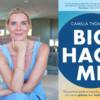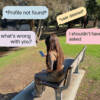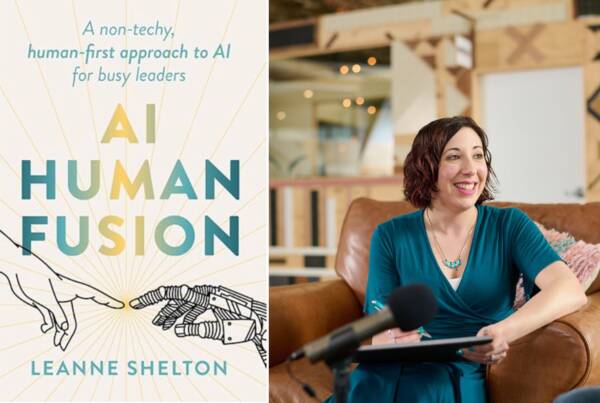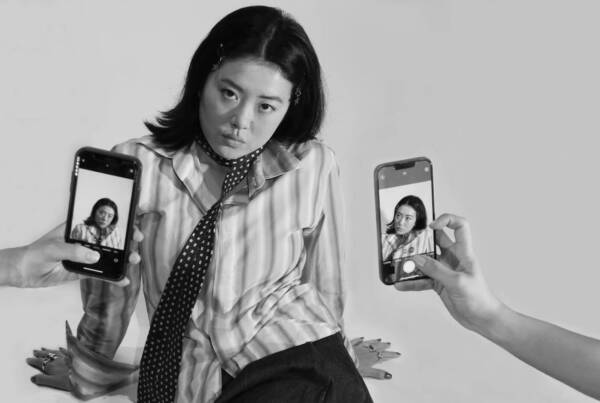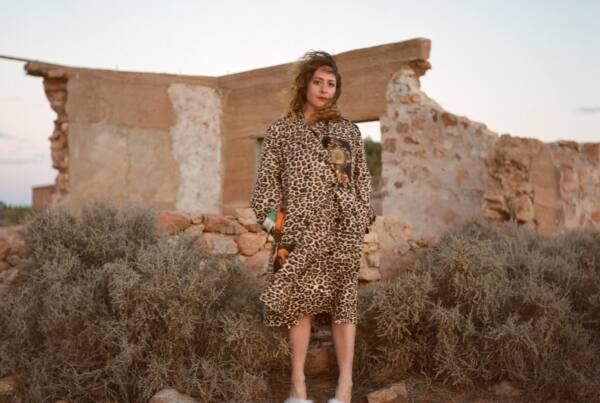Interview of Emma Carey by Erandhi Mendis
 Emma Carey fell 14,000 feet and lived to tell the tale – but when we chat, I’m not particularly interested in discussing the accident that changed the trajectory of her life. When I comment on appreciating how the ‘accident’ portion of her book was short, she seems visibly relieved “that’s how it feels in my life [short], so it wouldn’t make sense for it to be a big chunk of the book even though it led to a lot.”
Emma Carey fell 14,000 feet and lived to tell the tale – but when we chat, I’m not particularly interested in discussing the accident that changed the trajectory of her life. When I comment on appreciating how the ‘accident’ portion of her book was short, she seems visibly relieved “that’s how it feels in my life [short], so it wouldn’t make sense for it to be a big chunk of the book even though it led to a lot.”
While a failed parachute opening is definitely integral to her story, Emma is very clear that those few minutes are not the takeaway. “I hope I have more to offer as a person,” she shares. “Nobody gains anything from me talking [only] about the accident.”
Her now bestselling memoir documents the trials (literal and figurative), reflections, learnings and extreme personal growth that follow in the hours, months and years after learning her spinal cord was crushed, and against all odds – learning to walk again.
While first person narratives can sometimes be meandering, Carey’s writing is prophetic and accessible despite the often heavy subject matter. When I mention that the quality of her writing compels readers to look inward, “what’s happened in my life isn’t necessarily relatable,” she says of her experience. “I tried to make it less about the specific details of my life and more about the emotions that other people would hopefully be able to relate to whatever is going on in their life.” Deftly drawing readers into what is frequently an unthinkable scenario she has lived through feels like a separate artform altogether.
“I love a metaphor,” she laughs.
I always enjoy interviewing creatives, but I feel particularly joyful when speaking with Emma. We laugh about loving Taylor Swift, how my BeReal notification went off while crying reading her book – “omg send it to me,” – and how she had never heard of the term ‘inspiration porn,’ until last night. But her sunny disposition is far from the only captivating thing about Emma.
Throughout the course of the book she discusses a deeply personal, at times traumatic, journey with personal injury law. “I never wanted to seem ungrateful because so many people don’t even have the opportunity for a case or a payout and they have all the same expenses that I do but no compensation.” The way Emma speaks about being nervous to share this part of her reality – one that at times limited her ability to speak freely, robbed her of agency and bodily autonomy – is heartbreaking and heartfelt all at once. Her self awareness of how tragedy and luck can coexist is etched firmly in each page of her memoir.
One of my favourite chapters in her book is one I actually watched play out on her Instagram years ago – the infamous hole in the heel/heal the heel saga. Emma was painting a mural in Bondi at the time when she discovered a cut on her foot. With no feeling below the waist she had no way of knowing how long it had been there for. What follows is a harrowing experience of medical neglect and sliding doors that results in her spending an entire year off her feet.
We discuss the letter she wrote to herself during that time and how that practice is one she has kept her whole life. “[Letter-writing] helps to remind you – this is everything you once wished for – it helps you be more present and grateful in that moment.” Gratitude seems to be something Carey has in spades, overshadowed only by her awareness of human resilience, particularly her own “I did not think I was a person capable of getting through hardship.” This is evident in her dedication of the book to herself, which while she jokes about it feeling narcissistic, “I hope that people will be able to take [that perspective] into their own life and maybe have more trust in themselves the next time they are up against a challenge.”
We discuss a particular emotional obstacle – Emma’s real life heartache of going through a break-up while in hospital grappling with news of being paralysed from the waist down. When I ask how she mentally gave weight to the competing emotions she immediately says relationship heartbreak superseded the grief of her accident at the time. “I remember lying in the MRI machine thinking…if I could have been granted one wish it would have without a doubt been him, not getting the use of my legs back – which is so wild to me now because I can’t imagine feeling that way now…but I tried to be honest about that [in the book].”
She asks if I noticed the omission of her current partner from the memoir. “I didn’t want the ending to be a love story,” she says, before we laugh about how we are both fierce lovers of love and I share that I spotted the sweet note she left him in the acknowledgements. She makes a firm point that despite their love, it was deliberate to exclude him from the narrative. “I think my publishers initially wanted it to end with me meeting him…but I didn’t want that to be the takeaway. I found a lot of joy and contentment on my own before meeting him.”
I counter – saying that the book still reads to me like a love story, only about herself. She grins at me knowingly, “exactly.”
Emma’s book is available at all your favourite bookstores and via her website.

